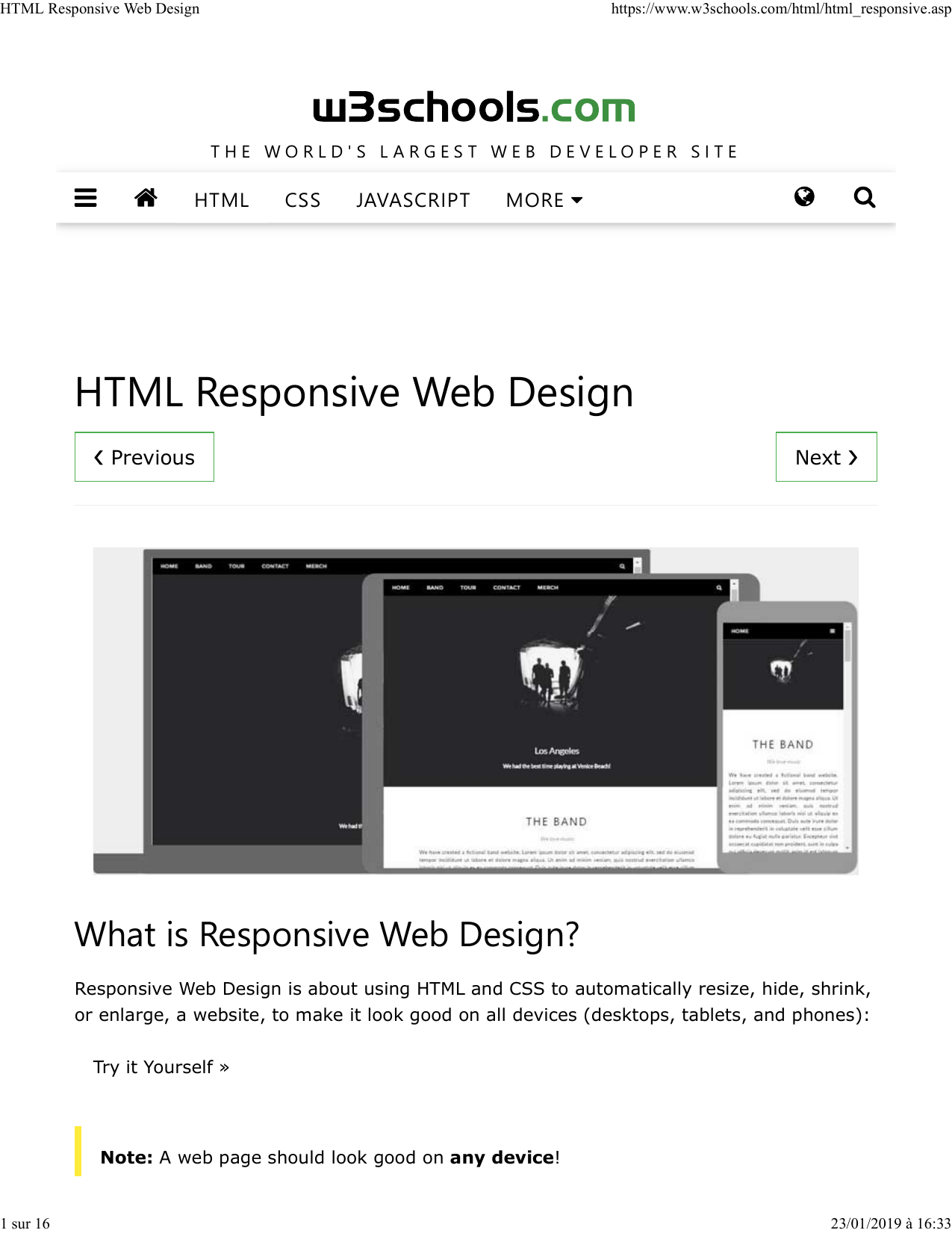

The thing is that the images are, actually, fontawesome icons. If this was just an image, I would attach a CSS class to the image and override it for different screen resolutions. You’ll want to add this within your section (or, better yet, as an external stylesheet): īackground-image: url('./images/inkplant/code/chicago. I want to resize images basing on media queries. This feels squirrelly to me.Let’s go over the CSS first.
#Css image responsive resize install
GREPPER SEARCH SNIPPETS PRICING FAQ USAGE DOCS INSTALL GREPPER All Languages > CSS > css image responsive resize css image responsive resize Code Answer.

Smaller resolutions and larger resolutions are available. Get code examples like 'css image responsive resize' instantly right from your google search results with the Grepper Chrome Extension. The trick is to use height: auto to override any already present height attribute on the image. If the max-width property is set to 100, the image will scale down if it has to, but never scale up to be larger than its original size. You can use an image from the camera roll or a base64encoded image. Resize images with the CSS max-width property There is a better way for resizing images responsively. Give it the path of an image and new dimensions and it will generate a new image with these dimensions. To resize local image files, we created react -native- image - resizer. In our case, we typically set the src to be a slightly-less-than-middle-of-the-road size. Installing and using react -native- image - resizer. My first instinct is whatever the size is that you would use for the default src. However, it is best to set a reasonable size to ensure the image remains visible in very old browsers, if CSS fails to load, or when a user style sheet is defined. In a more a more in depth article by Craig Buckler, he advises against doing this:Īny appropriate img width and height can be used since the image is resized by CSS (e.g., width=“4” height=“3”. For example, the original image is 640×960. These values specify the height and width of the image element. The core components are: CSS media queries. Three resizing options are available: absolute resizing, retention of the aspect ratio, and relative resizing. Responsive design is not a single technology but a set of techniques that allow web pages to serve the needs of both mobile and desktop users. If you require more hotspots just be sure to give each of them a unique id. One of the simplest ways to resize an image in the HTML is using the height and width attributes on the img tag. With Cascading Style Sheets (CSS), you can change the size and aspect ratio of images and backgrounds. In this example we’ll be adding CSS hotspots to a responsive image that highlights some features of a car interior.

It indicates that CSS is getting involved in the actual layout If your image doesn’t fit the layout, you can resize it in the HTML.It separated this layout concern from the actual size of the image.
Okay, fair enough - in the above example all the images do share the same aspect ratio - 16:9.īut it’s still not clear if any one of the above resolutions is preferable. You can simply use the CSS max-width property to auto-resize a large image so that it can fit into a smaller widthTo ensure width and height attributes can be set, each image should use the same aspect ratio. Which attributes should we use? In the web.dev guidance, they say:


 0 kommentar(er)
0 kommentar(er)
